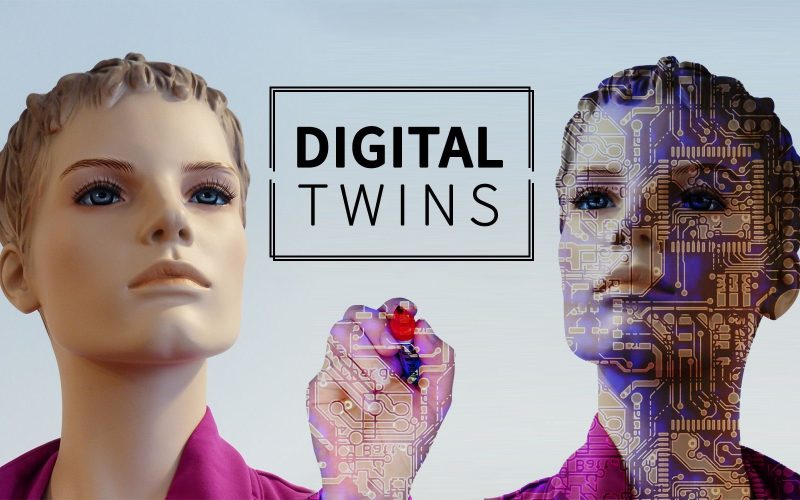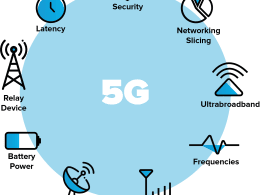Introduction
Imagine a world where clinicians can leverage virtual patient avatars or computational patient replicas to simulate treatment outcomes and monitor disease progression with precision. That world is here, and it’s called digital twins in healthcare. These intelligent systems enable clinicians to simulate therapeutic interventions, forecast pathological developments, and facilitate precision medicine tailored to individual patients.
In 2025, digital health is not just a buzzword it’s shaping how we live. With better tools and data, medical teams can now create real-time virtual versions of organs, body systems, or entire patients. These models are helping people get faster, safer, and more accurate care. Let’s explore how digital twins work, why they’re important, and how they’re changing the future of medicine.
What Are Digital Twins in Healthcare?

Digital twins in healthcare are digital models that look and act like a real patient. Using data from heart monitors, fitness trackers, and medical scans, doctors build these virtual twins. Each twin shows how your body works, reacts to illness, and responds to treatments.
This means doctors can test a treatment on your digital twin before trying it on you. It’s like a safe way to plan and personalize healthcare. These models update in real time, so they reflect your latest health condition. This powerful idea started in industries like engineering and aviation. Now, it is making a big difference in hospitals and clinics.
How Do Digital Twins Work in Medicine?
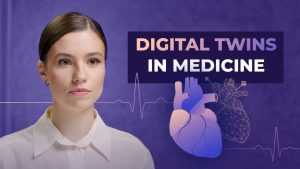
To create a digital twin, healthcare experts use smart tools like AI in medicine, sensors, and machine learning. These tools gather live data from the patient’s body. The data is then used to build a model that acts like the real person.
For example, if you have a heart problem, the twin can show how your heart is pumping. If you have cancer, it can simulate how a treatment might affect your body. This helps doctors make decisions faster and with fewer risks. It also allows hospitals to avoid costly mistakes.
Why Are Digital Twins Important in 2025?
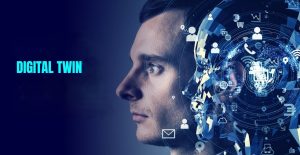
In 2025, digital twins in healthcare are more advanced, affordable, and used in real hospitals. As healthcare becomes more complex, doctors need better ways to treat people. Digital twin technology gives them the tools to make smart choices.
These models help in emergency care, long-term treatment, and even mental health support. They also help reduce human error. By simulating outcomes before acting, care becomes safer and more successful. People today also want more personalized health plans. Twins allow each person to receive care that matches their unique body and condition.
Benefits of Digital Twins in Healthcare?
Digital twins bring many benefits to patients and healthcare teams. They enhance diagnostic accuracy. Rather than relying on estimation, clinicians observe dynamic physiological simulations through the digital twin. They also speed up treatment planning. Instead of waiting days for test results, digital twins can give instant feedback. These models are great for personalized treatments. Each twin is made from the person’s real data. So the care is designed just for them.
Other benefits include cost savings, safer care, and better patient understanding. With a digital twin, you can see what’s happening inside your body and understand your treatment better.
The Role of Digital Twins in Saving Lives
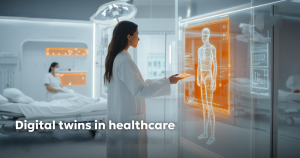
Digital Twins in Healthcare play a huge role in saving lives. With these models, doctors can see problems before they happen. For example, if a digital twin shows that a patient’s kidney is failing, doctors can act quickly. Digital twins also help in long-term care. For people with diabetes or heart disease, the twin can track how the body is changing. It sends alerts if things go wrong, helping doctors step in early. They are also helpful in research. Scientists can use digital twins to test new drugs or treatments without putting people at risk. This speeds up discoveries and brings new solutions to the market faster.
Where Are Digital Twins Being Used?

By 2025, digital twins are used in many hospitals and health systems. Some common uses include:
- Heart health: Doctors test heart surgery or medication using a heart twin.
- Cancer care: Twins help find the right mix of drugs based on patient data.
- Chronic diseases: Twins track and predict conditions like diabetes or asthma.
- Surgery: Surgeons use twins to practice before performing real operations.
They are also used in training. Medical students learn by practicing on twins instead of real patients. This reduces risk and improves learning.
How Digital Twins Support Doctors and Patients

Digital twins are helpful for both doctors and patients. For doctors, it reduces guesswork. They can see what might happen before doing anything.For patients, it builds trust. They know their care is tested and planned. It also helps explain medical problems in simple ways.
For hospitals, it means better care and fewer errors. It improves teamwork among medical staff too. Everyone works from the same updated model.
How to Start Using Digital Twins in Clinics
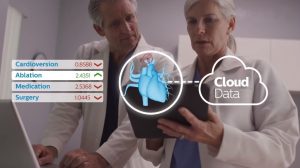
If you work in a hospital or clinic, here are some tips:
- Start small. Use digital twins for one condition, like heart or kidney care.
- Train your team. Make sure doctors and nurses know how to use them.
- Choose trusted partners. Work with companies that offer safe and tested twin tools.
- Keep patient data safe. Always follow privacy laws and rules.
Taking these steps will help bring the benefits of virtual healthcare models into your clinic.
Tips for Patients Exploring Digital Twins
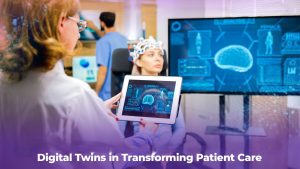
Patients can ask their doctors about digital twin benefits. If you’re getting long-term care, see if your clinic offers digital twin planning.
Also, use health trackers and apps to collect your data. The more data you have, the more accurate your digital twin can be. Continuously engage with literature and advancements in digital health technologies to make informed clinical decisions and actively participate in your care strategy.
Making Healthcare Fair for Everyone
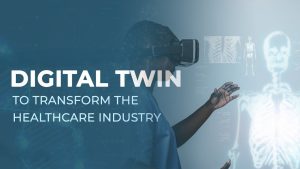
One important goal of using Digital Twins in Healthcare is to make care better for all people, not just those who live in big cities or rich countries. As technology becomes cheaper and easier to use, more people can benefit. Even small clinics can use digital twins to give better treatment. This helps close the gap between different types of hospitals and ensures more people get the care they deserve. In the coming years, digital twins may help build a fairer and more equal healthcare system.
The Future of Digital Twins in Healthcare
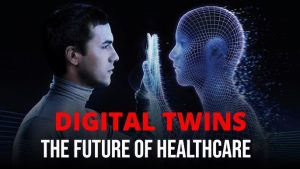
The future of digital twins in healthcare is bright. In the next few years, more hospitals will use them. They will become part of everyday care. The computational efficiency and user interface design of digital twin platforms will continue to evolve, enabling broader clinical integration and operational scalability. More twins will be built not just for single organs but for full body systems. Governments and health companies are working together to support this. Some are building digital twin networks to help with public health, like testing vaccines or planning care during disease outbreaks. This is just the beginning of a big change in how we understand and manage health.
Comparative Table: Digital Twins vs Traditional Methods
| Feature | Digital Twins | Traditional Healthcare |
|---|---|---|
| Accuracy | Real-time, high detail | Based on averages |
| Speed | Instant feedback | May take days or weeks |
| Personalization | Fully personalized | Generalized care |
| Risk | Low tested on twin | Higher tested on patient |
| Cost in Long-Term | Saves money | Often leads to extra costs |
Conclusion
Digital twins in healthcare are changing how we treat illness and improve health. In 2025, they offer real solutions for safer, smarter, and more personal care. From diagnosis to treatment and recovery, these virtual tools are helping doctors and patients work better together. As we look ahead, digital twins will become more common and powerful. They are not just a tool they are the future of medicine.
Call to Action
Want to explore the power of digital twins in healthcare? Visit our site for trusted insights, expert tools, and the latest news. Whether you’re a doctor or a patient, take the next step in smarter, safer healthcare today.






